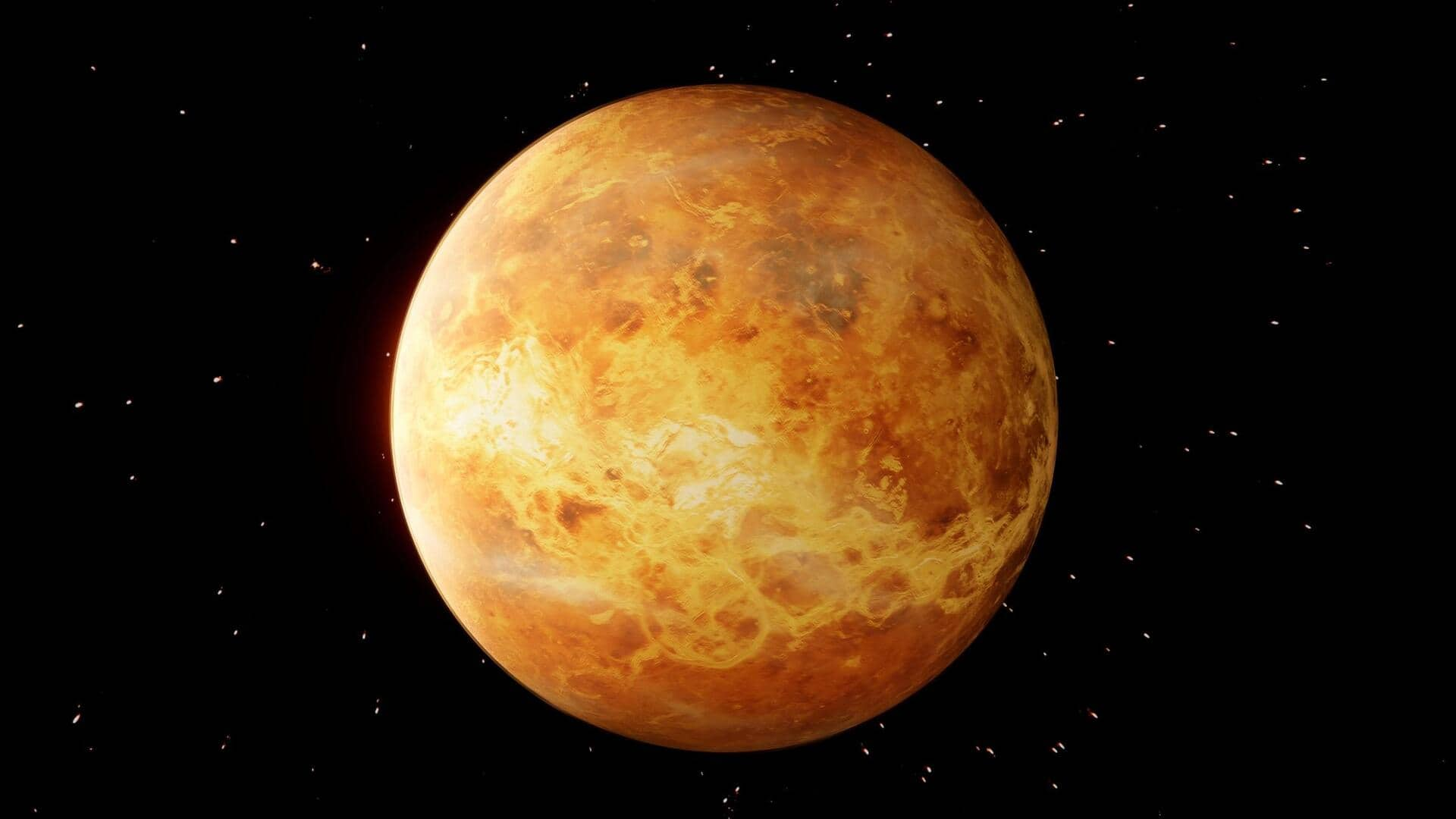
Potential signs of life on Venus are now under doubt
What's the story
The discovery of phosphine, a chemical compound made of one phosphorus atom and three hydrogen atoms, in the atmosphere of a brown dwarf called Wolf 1130C has raised questions about its potential as biosignature for alien life. The finding was reported by astronomers in the journal Science. Phosphine (also found on Venus) has been linked to controversial claims of extraterrestrial life on the planet due to its presence in Earth's atmosphere, where it is primarily produced by biological activity.
Brown dwarfs
Brown dwarfs and phosphine's life cycle
Brown dwarfs, cosmic objects too small to be stars and too big to be planets, are formed from collapsing clouds of gas in space. They don't burn as hot and bright as true stars but emit a warm dim glow. The discovery of phosphine in Wolf 1130C's turbulent atmosphere indicates that our understanding of the life cycle of this simple molecule is incomplete.
Chemical reactions
Phosphine's presence in gas giant atmospheres
Phosphine is also found in the atmospheres of Jupiter and Saturn, where it survives and rises to the surface before being destroyed. This process is well understood for these planets but not for brown dwarfs or hot Jupiter exoplanets. The recent detection of phosphine on Wolf 1130C matches theoretical models predicting its presence in such environments, but no one knows why it's there.
Biosignature debate
Phosphine as a potential biosignature
The detection of phosphine on Wolf 1130C has led researchers to question its potential as a biosignature for alien life. The study authors note that there is no consistent model explaining the amounts of phosphine observed on Jupiter, Saturn, Wolf 1130C, and other brown dwarfs and exoplanet gas giant atmospheres. This inconsistency makes it difficult to use phosphine as a reliable indicator of extraterrestrial life.